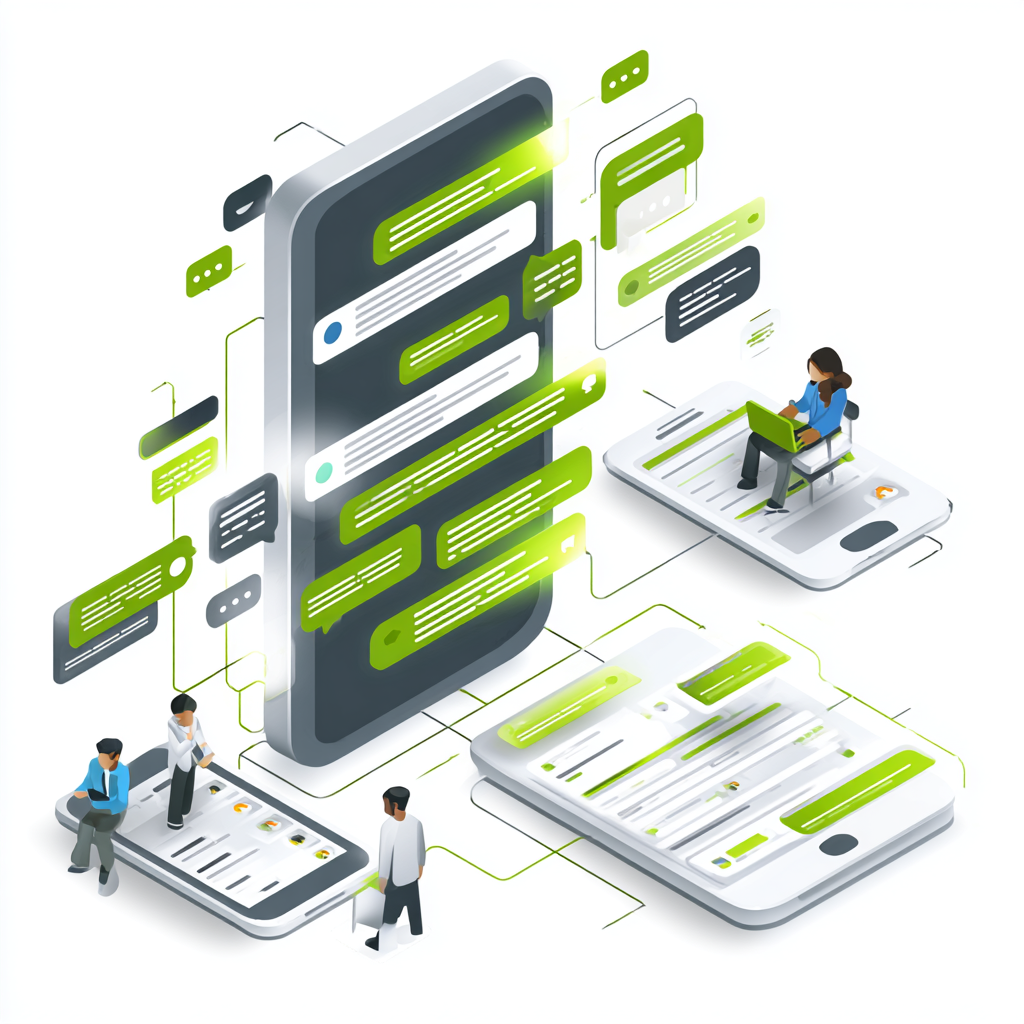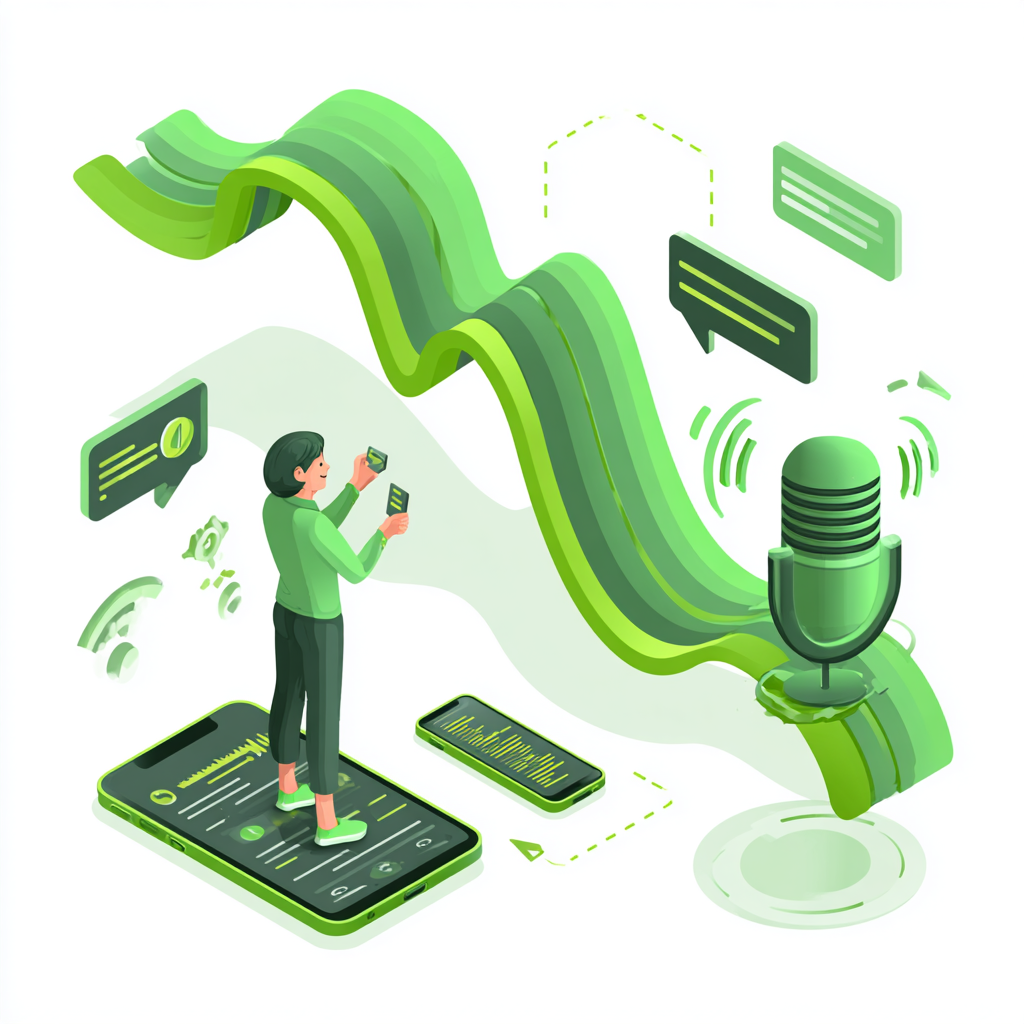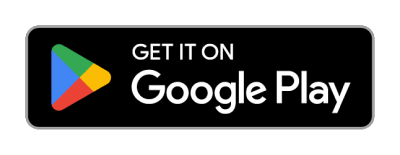Leveraging USSD for healthcare can unlock more healthcare reach than we can imagine. In this era where digital technology transforms healthcare, unstructured supplementary service data (USSD) has become an important tool for delivering healthcare, especially in areas with limited or no internet connectivity.
USSD is a system in which GSM-based cellular phones communicate with the network operator’s device. It offers an easy, cheap, and globally accessible means of connecting with users. This article covers the opportunities and challenges of using USSD for healthcare delivery.
Overview of USSD technology
USSD (Unstructured Supplementary Service Data) lets users interact directly with an application’s network in real time. Users send commands from their phones, and the mobile network instantly replies.
Unlike SMS, which stores messages before delivery, USSD processes sessions immediately. It does not require app installation or internet access, making it highly accessible.
Since GSM phones were introduced, USSD has enabled fast, simple mobile functions, such as topping up airtime and checking balances, through short, interactive messages.
Why USSD works well in Healthcare:
- Reaches many users: Delivers healthcare services to remote and low-connectivity areas.
- Runs on all devices: Works on basic feature phones and all GSM-standard mobile phones.
- Keeps costs low: Operates without airtime or data, making care affordable.
- Functions across networks: Connects to any GSM network without relying on a specific SIM.
- Simplifies use: Lets anyone navigate menus and access services easily.
- Enables real-time interaction: Handles two-way communication faster than SMS.
- Supports emergencies: Allows quick responses and remote health monitoring.
- Reduces contact: Limits in-person interactions, helping prevent disease spread.
Opportunities for USSD in healthcare
Digital technology has become essential in healthcare. Unstructured Supplementary Service Data (USSD) technology is useful for generating, storing, accessing, and sharing personal health data.
It can also be used to access healthcare services. There are opportunities available for using USSD for healthcare, among which are:
- Patients can schedule appointments using USSD, reducing wait times at healthcare facilities.
- USSD improves healthcare access for people with disabilities, the elderly, and those in remote areas.
- During pandemics or outbreaks, USSD minimizes face-to-face consultations, helping curb disease spread.
- Patients can access basic health services from home, making healthcare convenient for busy or remote users.
- USSD lowers healthcare costs by reducing travel and facility visit expenses.
- In areas with little or no internet, USSD ensures healthcare services reach remote communities.
- Healthcare practitioners can use USSD to share preventive care tips, provide health education, and send appointment or medication reminders.
- USSD enables real-time health monitoring and data collection from remote locations.
- In emergencies, USSD connects individuals to services like ambulance dispatch and delivers first-aid instructions.
- USSD supports health surveys for monitoring and evaluating healthcare services.
- Specialists can reach patients beyond their locations, improving access to specialized care.
- USSD encourages prompt health-seeking behavior, helping patients get quick responses to questions, including for socially sensitive conditions.
Challenges in leveraging USSD for healthcare
Although there have been significant advancements in the use of USSD for healthcare, there are still certain obstacles to overcome. Among them are:
- Limited-education users may struggle with the USSD interface, as it challenges them to follow prompts and enter information correctly.
- USSD only handles text, so it cannot process multimedia like X-rays or test results, which limits healthcare service quality.
- Users need a reliable GSM network because weak signals or interruptions can disrupt USSD service delivery.
- USSD lacks advanced authentication, which increases the risk of unauthorized access and makes protecting patient records harder.
- USSD delivers services simply, but short sessions and limited data restrict detailed healthcare communication.
- Healthcare providers must protect patient data, and USSD offers weaker security than other platforms, making compliance with strict data laws difficult.
- Regulators enforce telemedicine and mobile health rules, and developers must follow these laws while integrating USSD with existing healthcare systems, especially in complex environments.
Balancing the opportunities and challenges of USSD in healthcare
Leveraging USSD for healthcare offers tremendous possibilities, especially in underserved and remote regions with poor internet availability.
Due to its ease of use, affordability, and widespread accessibility, USSD technology is vital for reducing healthcare gaps. However, to fully fulfill its capabilities, issues with user experience, security concerns, legal challenges, and limited data capacity must be resolved.
Strengthening its capabilities, guaranteeing strong data privacy, and merging it with current healthcare systems can realize USSD’s full potential and offer all-encompassing and efficient healthcare solutions to the populations that most need them.





